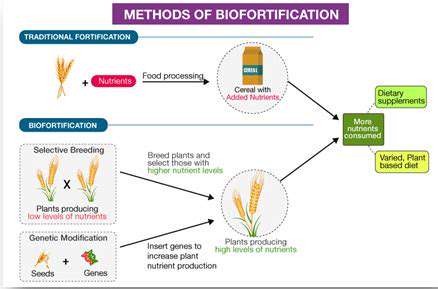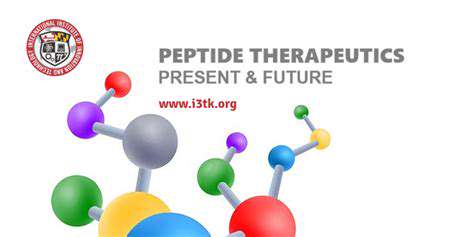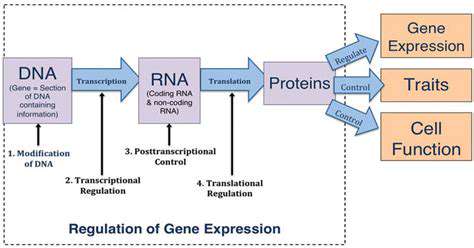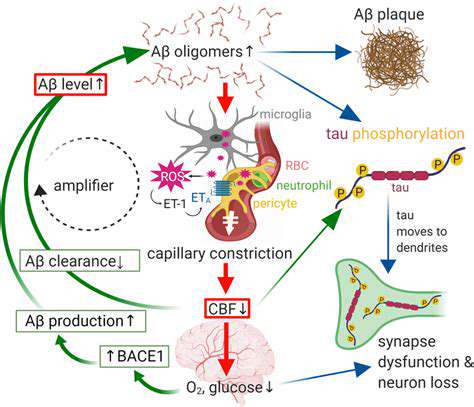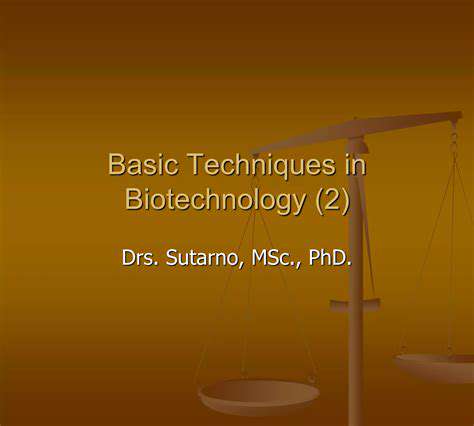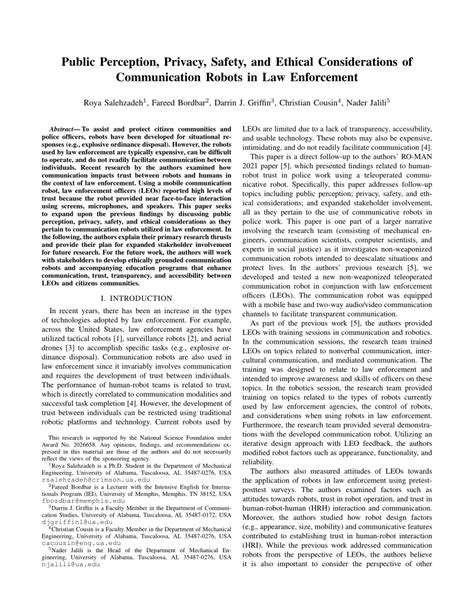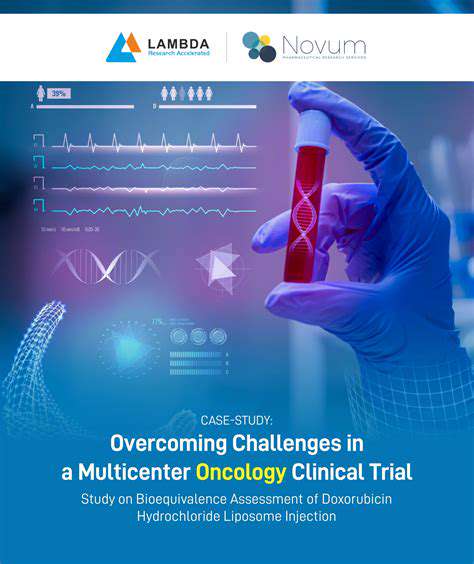Precision Tools for Animal Health and Breeding
Gene Editing for Disease Resistance
Gene editing technologies, like CRISPR-Cas9, offer the potential to engineer animals with enhanced disease resistance. By targeting specific genes associated with susceptibility to common ailments, breeders could develop livestock breeds with a higher tolerance to pathogens. This could significantly reduce the economic burden of disease outbreaks, as well as minimizing the use of antibiotics in animal agriculture. The long-term benefits of breeding disease-resistant animals extend beyond economic gain, potentially improving animal welfare and public health by reducing the spread of zoonotic diseases.
This precision approach allows for targeted modifications, avoiding the potential unintended consequences of broader selective breeding approaches. The ability to precisely edit genes involved in immune response pathways could lead to livestock more resilient to a wider range of diseases, providing a more sustainable and resilient agricultural system.
Improving Reproductive Performance
Genetic enhancements in animal reproduction are crucial for efficient breeding programs. Gene editing can target genes involved in fertility, gestation, and embryo development. This could lead to higher conception rates, improved pregnancy outcomes, and increased litter sizes in livestock. The ability to introduce beneficial genetic traits for reproduction could significantly boost the efficiency and profitability of animal breeding operations.
Specific applications include enhancing the efficiency of in-vitro fertilization techniques, improving embryo quality, or even modifying the hormonal regulation of reproductive cycles. These advancements could drastically reduce the time and resources needed to develop high-quality breeding stock.
Enhancing Nutritional Efficiency
Gene editing holds significant promise for improving the nutritional efficiency of livestock. By targeting genes related to nutrient absorption, metabolism, and feed conversion, breeders could develop animals that require less feed to produce the same amount of meat, milk, or eggs. This reduction in feed consumption translates directly to lower production costs and a smaller environmental footprint.
Modifying genes related to fat deposition or muscle growth could also lead to healthier and more desirable animal products, potentially offering consumers more nutritious and leaner options. This could make animal agriculture more sustainable and economically viable in the long run.
Tailoring Animal Traits for Specific Environments
Gene editing allows for the tailoring of animal traits to specific environmental conditions. This is particularly important in regions with challenging climates or limited resources. For instance, animals could be engineered to withstand extreme temperatures, drought conditions, or specific nutritional deficiencies prevalent in their environment.
Developing Enhanced Meat and Milk Qualities
Gene editing could be used to create animals with improved meat and milk qualities. By targeting genes associated with muscle development, fat content, milk protein composition, and other desirable traits, breeders can enhance the quality and marketability of animal products. This could lead to a higher consumer demand for specific animal products due to their superior nutritional or sensory qualities.
Ethical Considerations and Regulatory Frameworks
While the potential benefits of gene editing in veterinary genetics are substantial, careful consideration of ethical implications and the development of robust regulatory frameworks are crucial. Public acceptance, potential impacts on biodiversity, and the long-term effects on animal welfare must be thoroughly assessed. Open dialogue and transparent communication between scientists, breeders, policymakers, and the public are essential to ensure responsible and ethical implementation of these powerful technologies.


